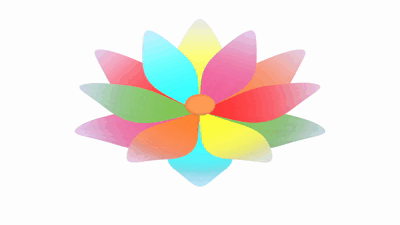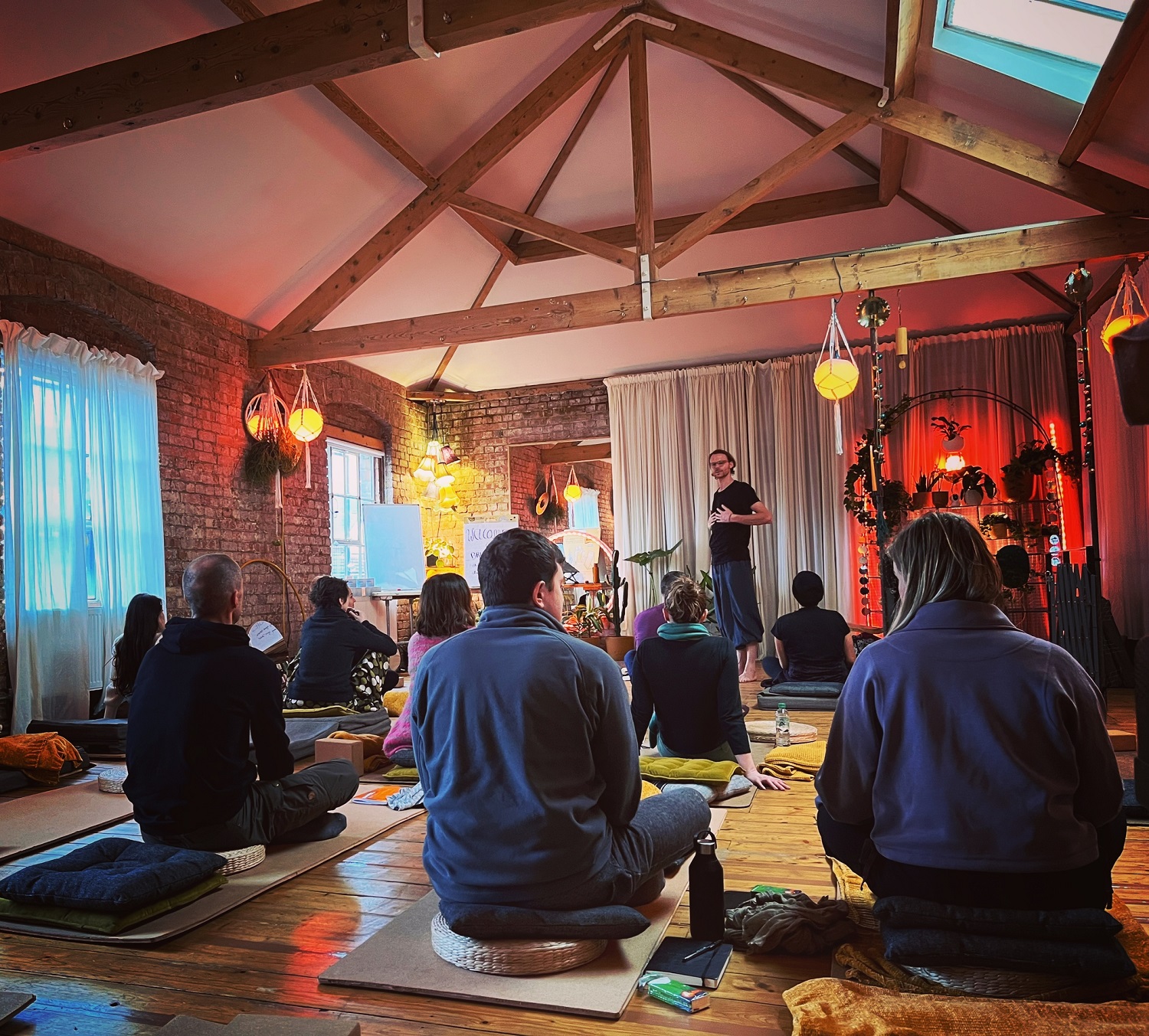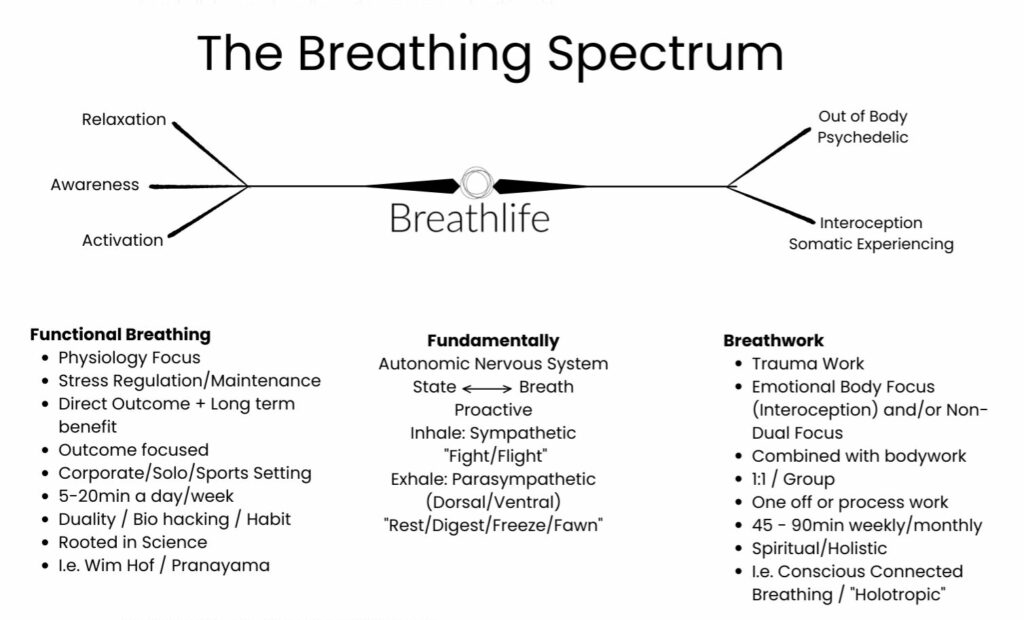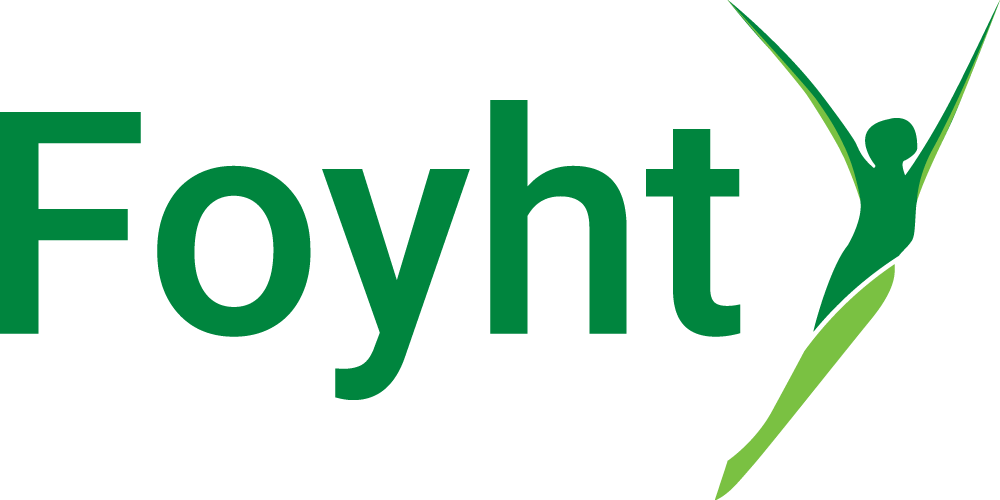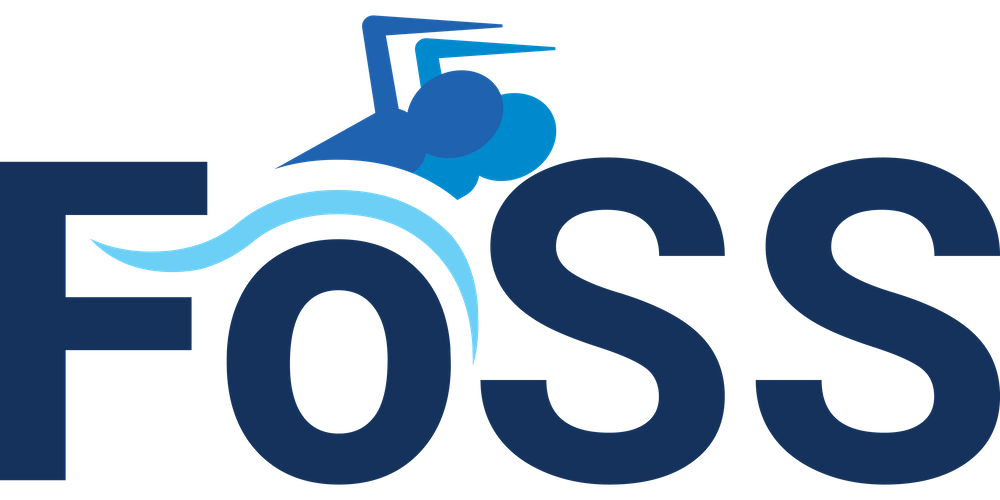We are finding ourselves at a very exciting point in time when it comes to breathwork. We are discovering it’s absolute power, the scientific world has developed an interest and the best thing: it’s a free tool.
All kinds of different practices are being developed under the same name: Breathwork.
First and foremost I’ve come to see breathing as a tool. Not to be mistaken for a goal, which I think often happens with tools when they become incorporated in for example a morning routine.
At its essence we are proactively interacting with our Autonomic Nervous System (ANS). Our ANS regulates involuntary physiological processes like your heart rate, digestion etc. Breathing is one of these processes but what make the breath unique is that, unlike, our heart rate, we can also “take over” this process. We can proactively change our breathing at any moment in time.
The ANS can be split into two parts:
- Sympathetic Nervous System (SNS) – The SNS helps our body activate its fight or flight response, active when you are experiencing stress, are in danger or working out.
- Parasympathetic Nervous System (PNS) – The PNS send our body towards relaxation, rest and digest. This is when we recover from for example stress.
During the day we constantly switch between these two, with every inhale (SNS) and exhale (PNS). And this is how it’s supposed to be. A healthy, regulated, nervous system is never stuck in either.
So what does all of this have to do with breathing?
Through the breath we can proactively impact the state we are in!
Every state (emotion/sensation) that you are in comes with a certain breathing pattern. When you are scared you breathe differently from when you are feeling happy.
But this is a two-way street.
If we change the way we breathe, we change the way we feel.
All through the Autonomic Nervous System.
When we do a breathing exercise with an emphasis on the inhale we are activating our Sympathetic Nervous System, raising our stress levels and getting ready for action.
Any exercise with an emphasis on the exhale does the opposite. It lowers our stress levels and sends us into rest and recovery.
Fundamentally, any breathing exercise you’ll ever do is stooled on this principle.
Change your breath, change your state. Simple and effective.
As you can see on the spectrum, I differentiate between:
- Functional Breathing
- Breathwork
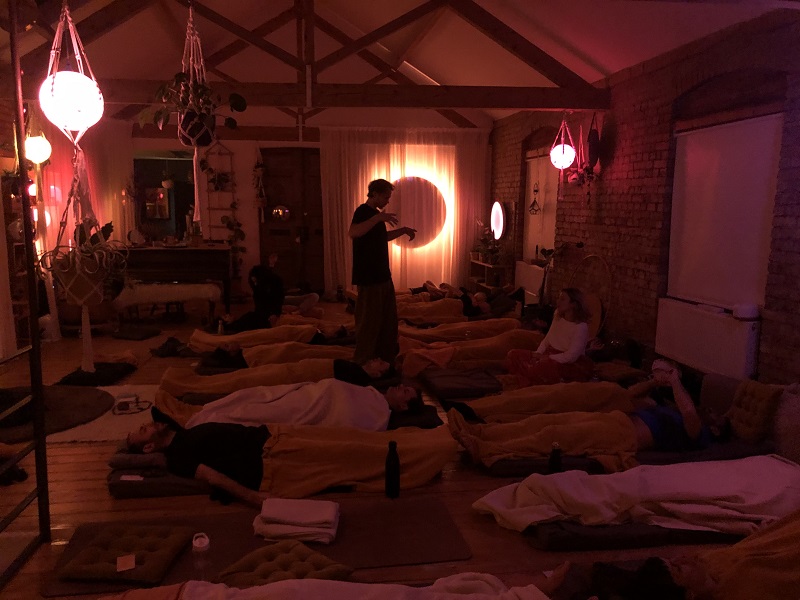
What is Functional Breathing?
This type of breathing is often very focused on a specific goal, or as just explained, switching from one state to another using the breath. In other words, the exercises tend to have a specific function.
In general these exercises seem to be to focused on one of three goals:
- Relaxation: i.e. to become more focused or productive at work, sleep better or lower our anxiety.
- Activation: i.e. to get a little energy boost, improve our stress tolerance or boost our immune system.
- Awareness: i.e. to become more aware of how we breathe, improve our general nervous system regulation to stay in flow or to decide if we need some activation or relaxation.
Most of these exercises tend to be short (5–20 min) and effective when done properly. Very suitable for those who want to do exercises alone or for those who want to improve their quality of life and lower the risk of burn out.
